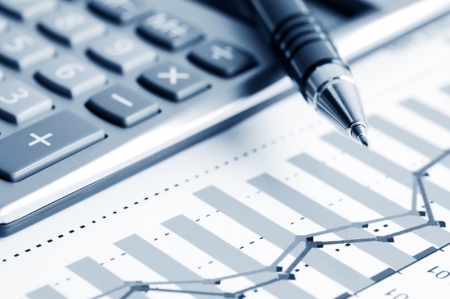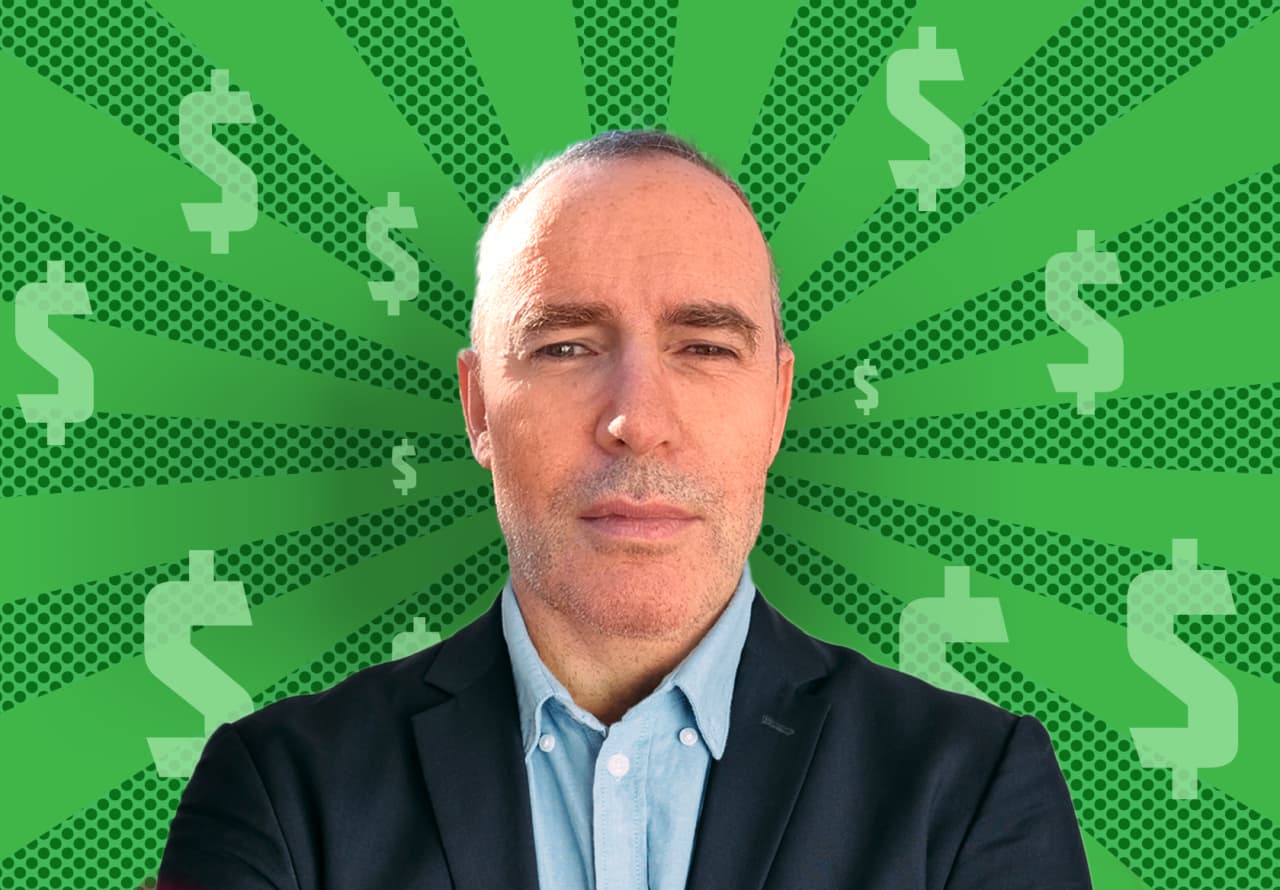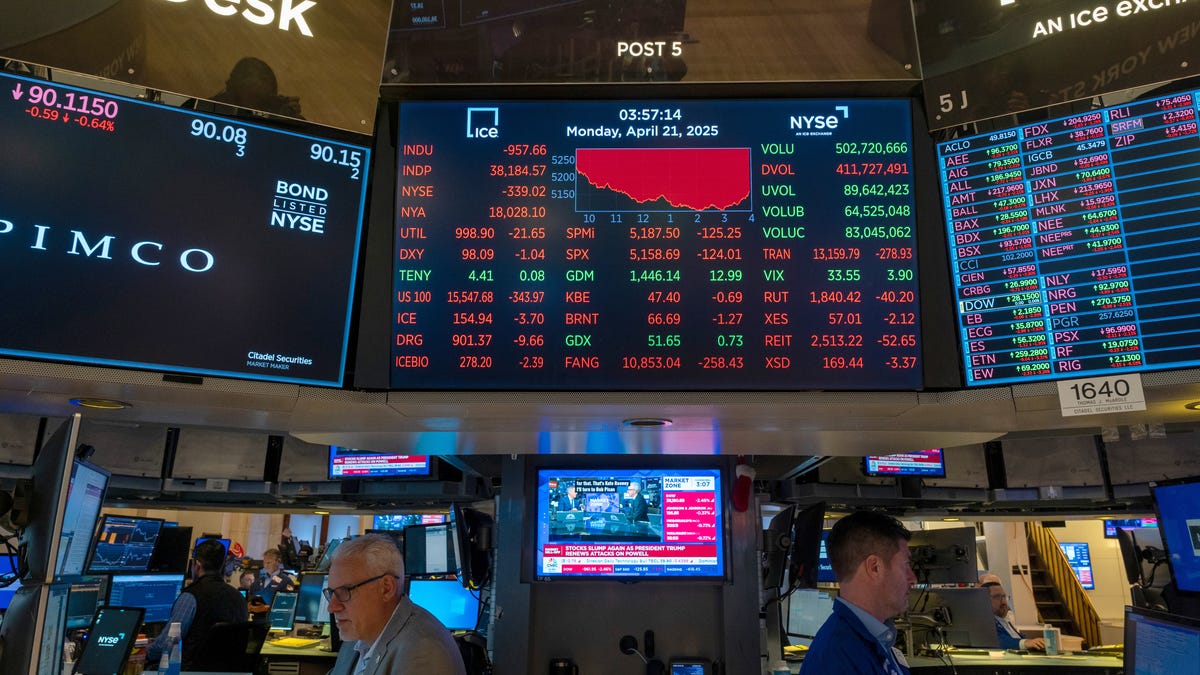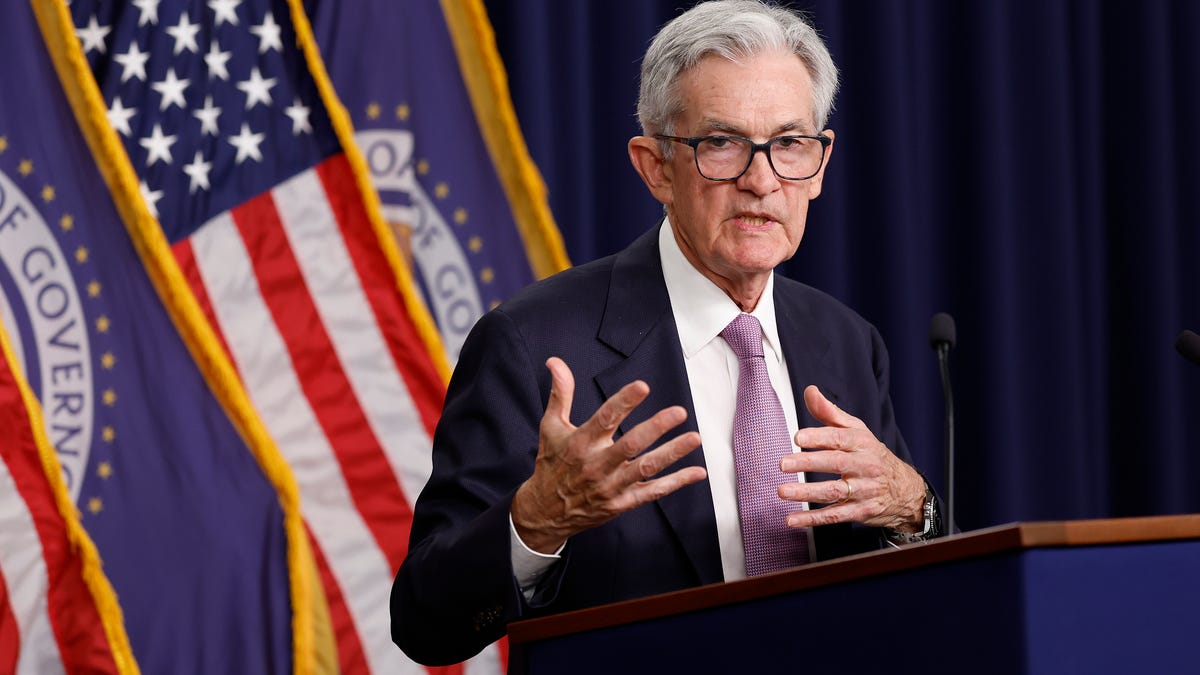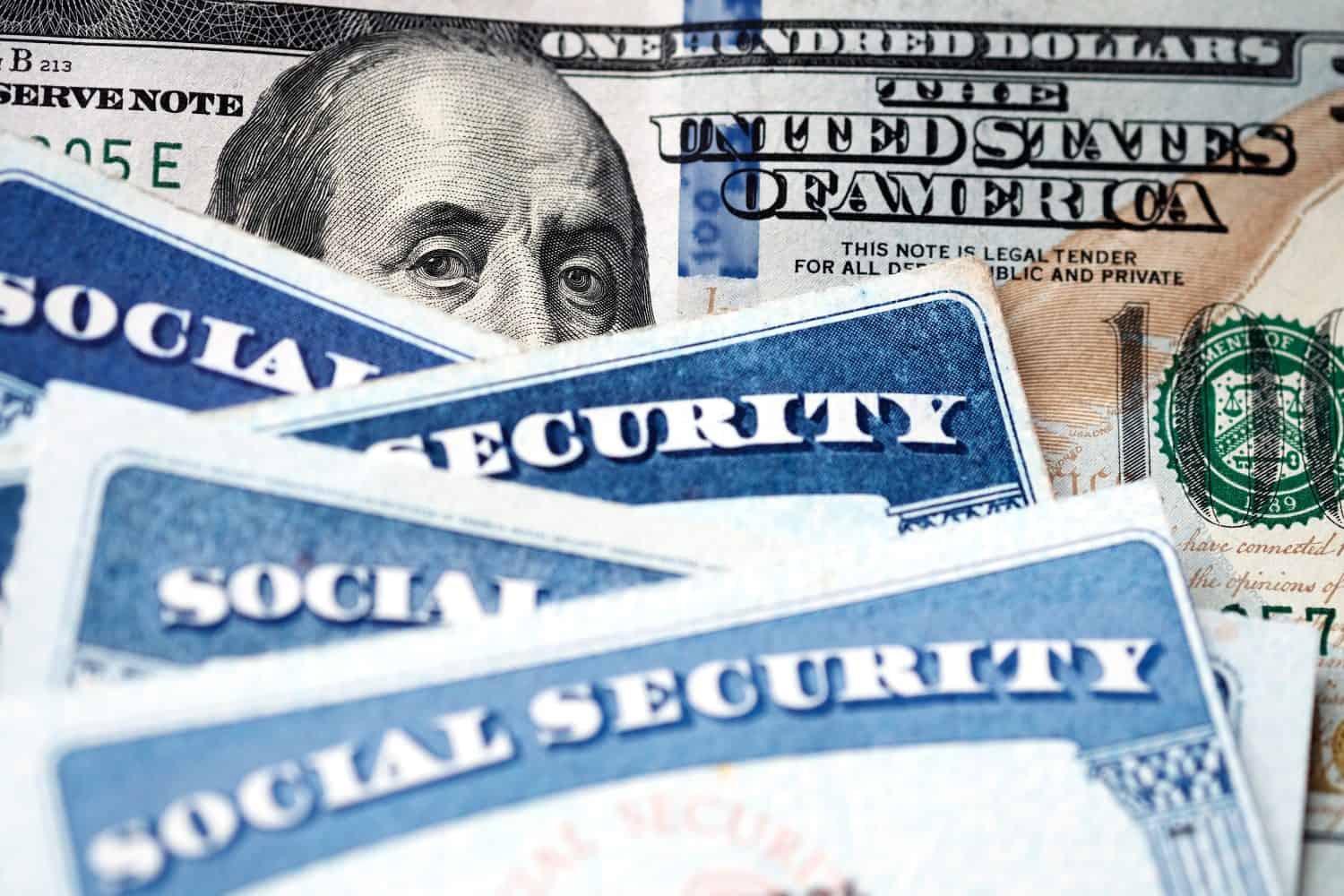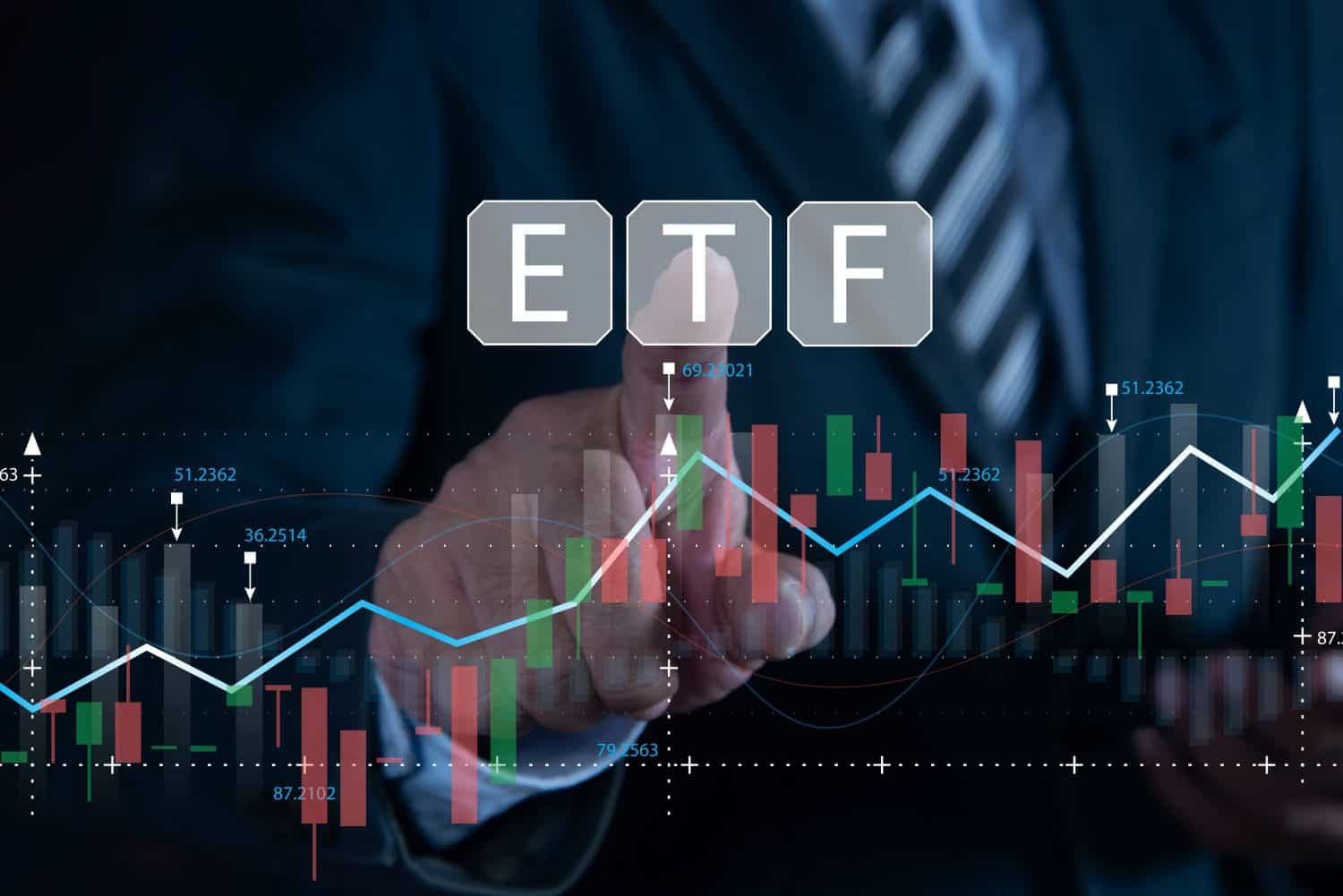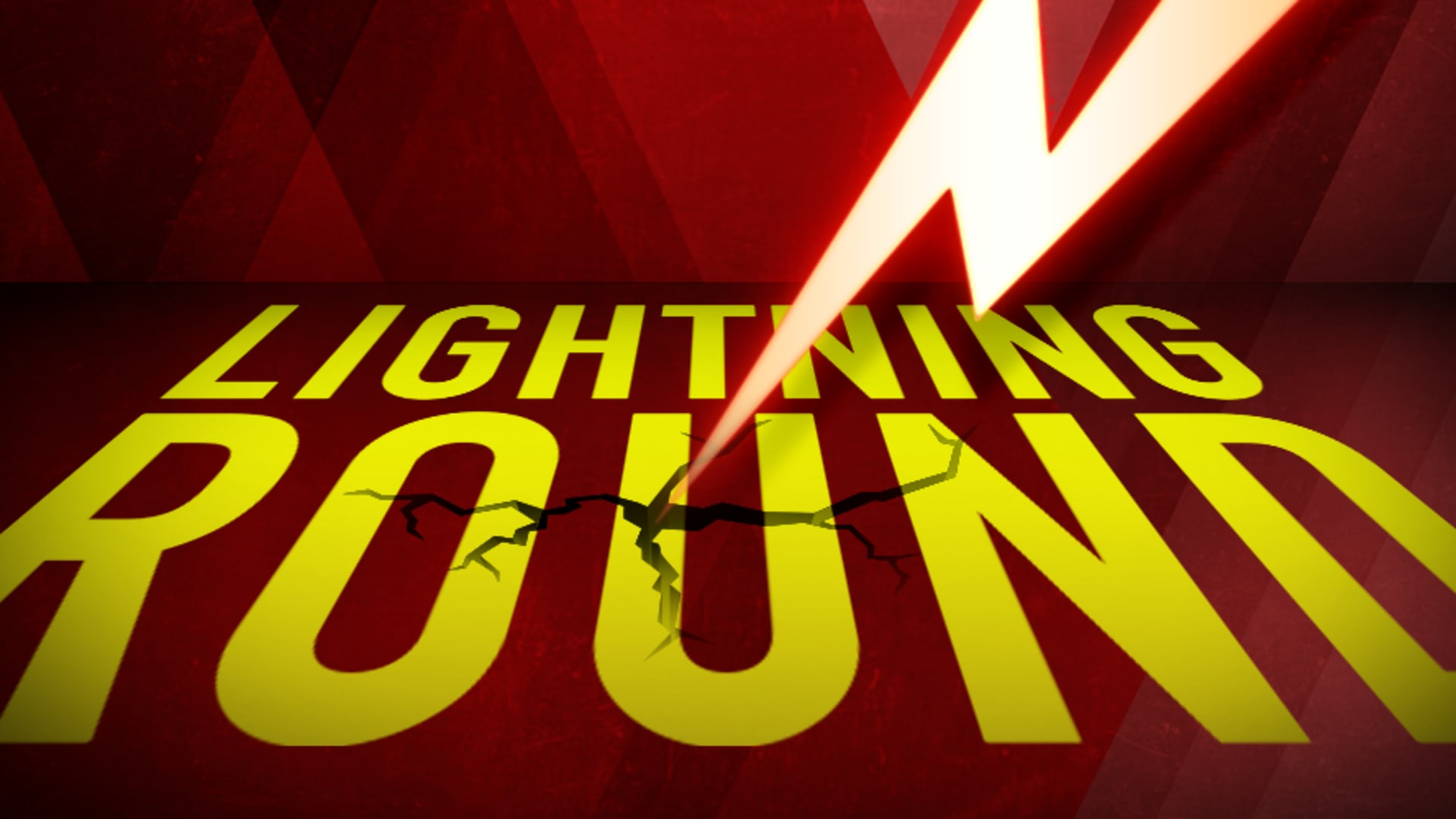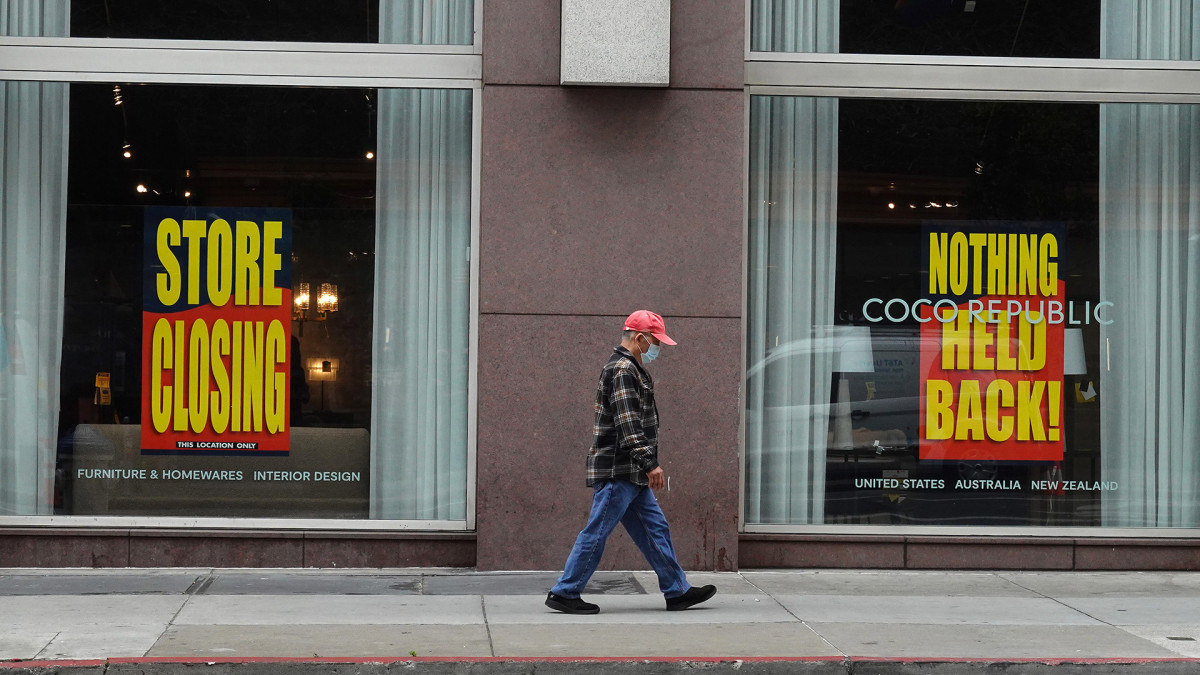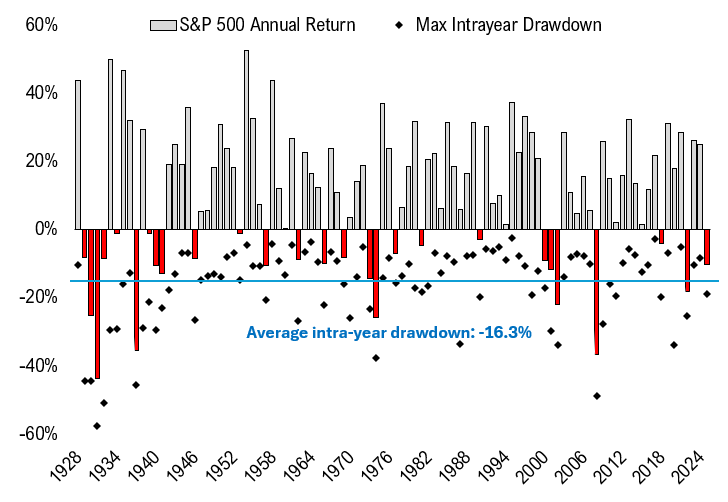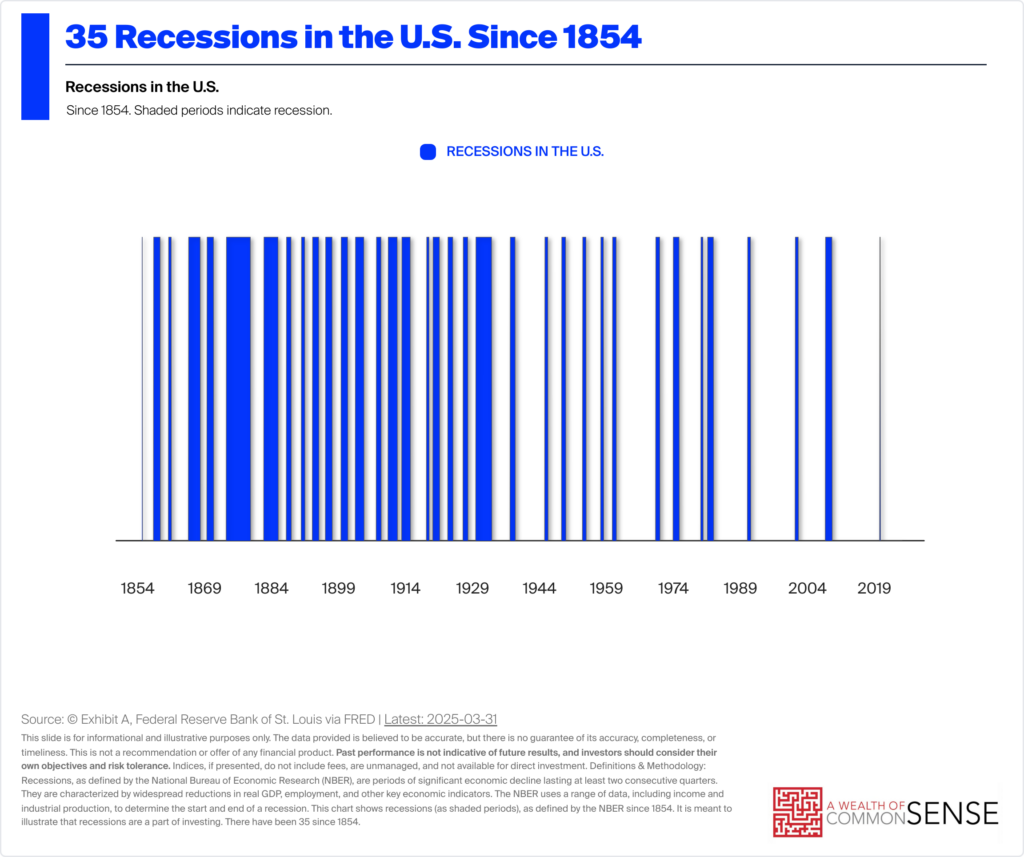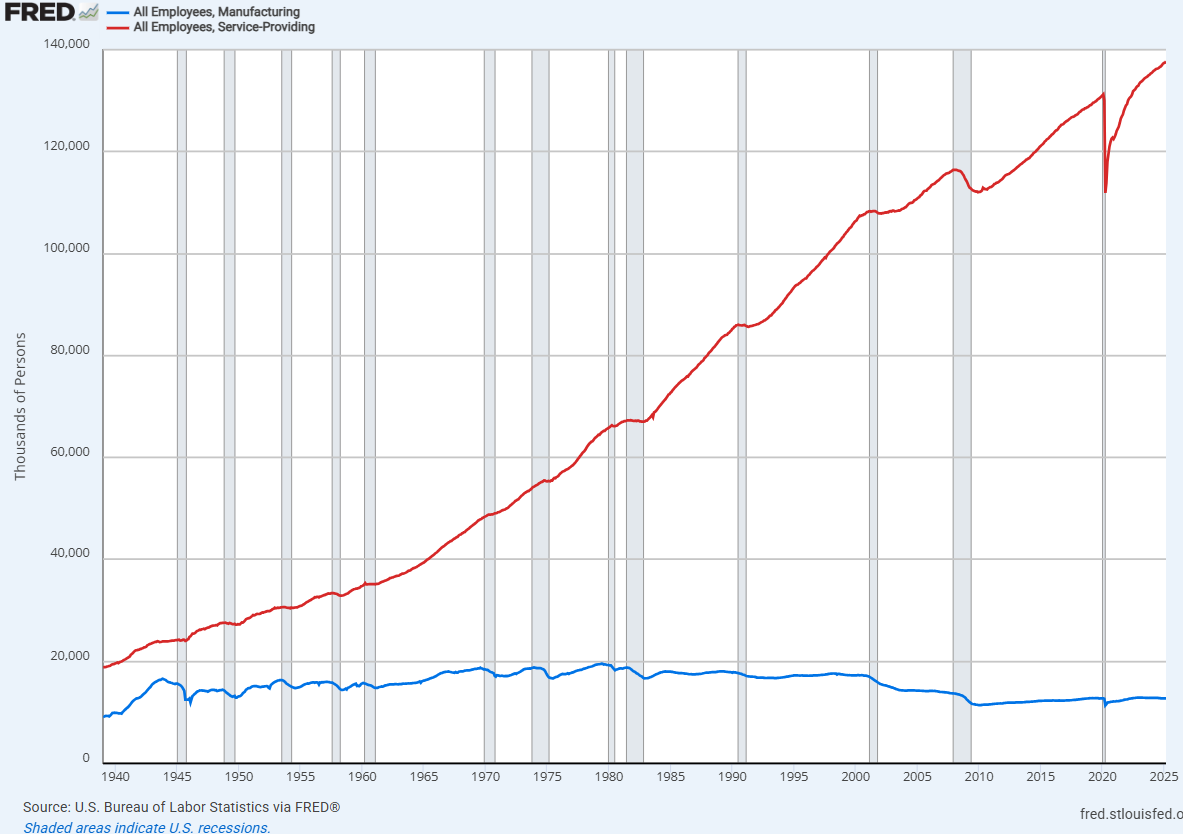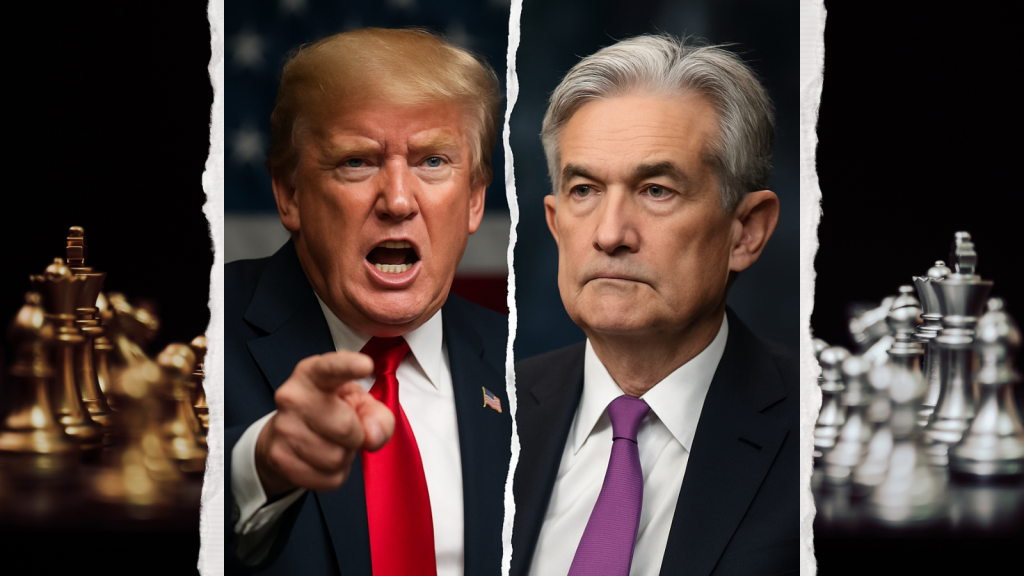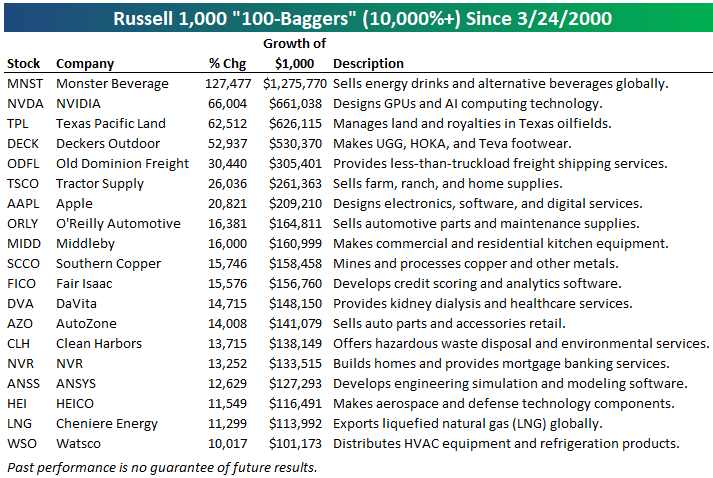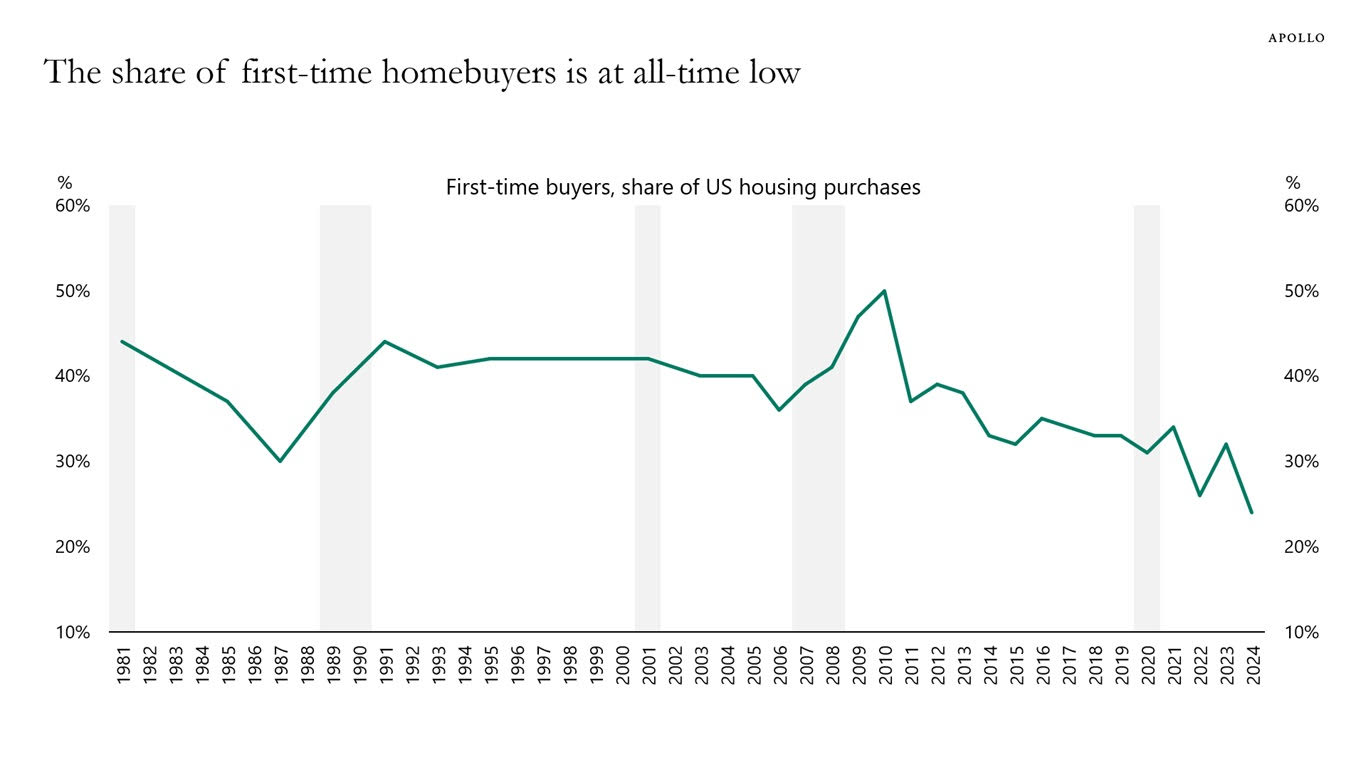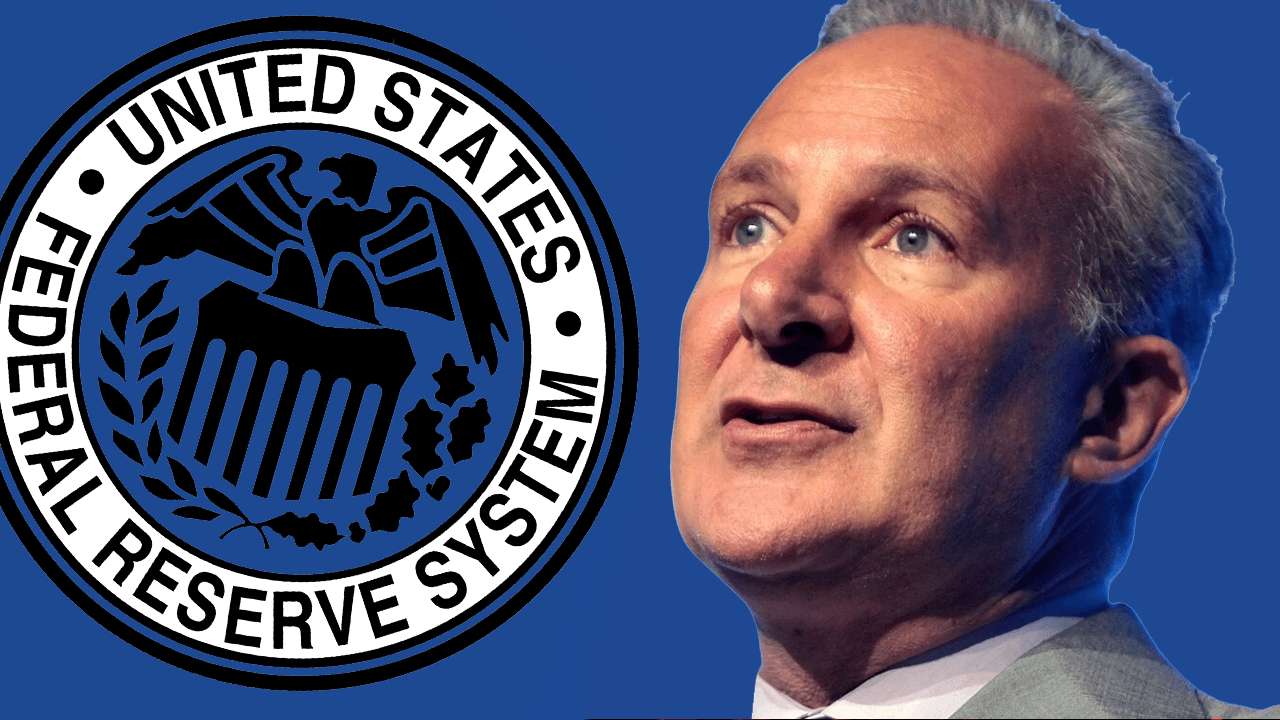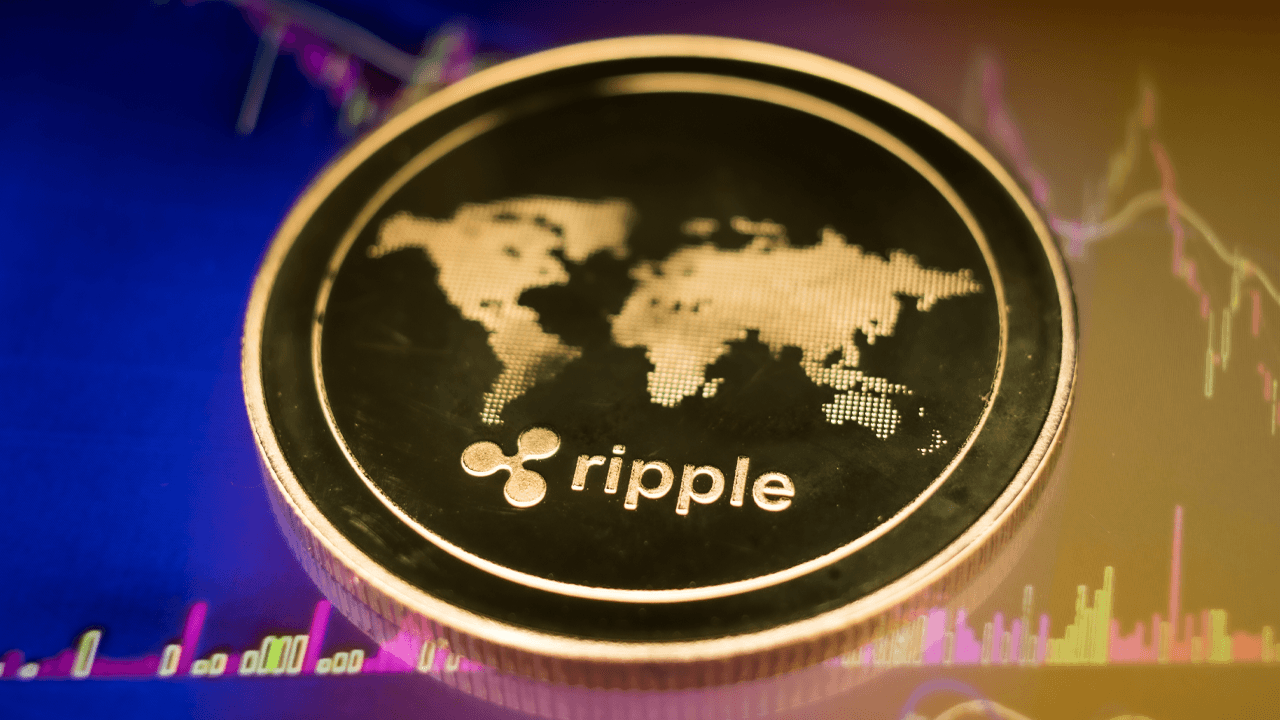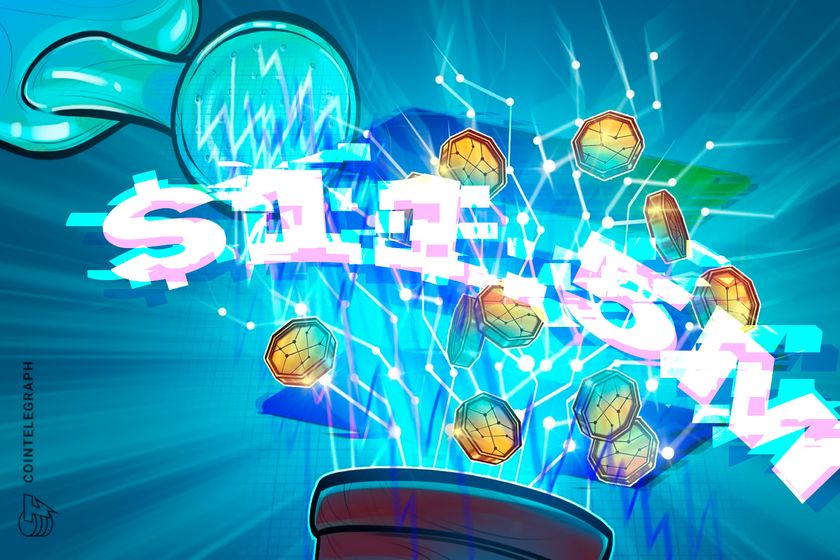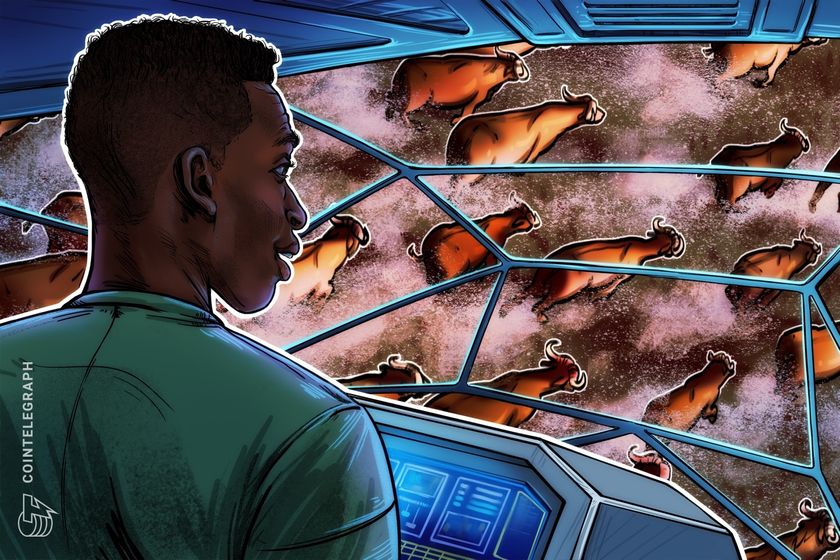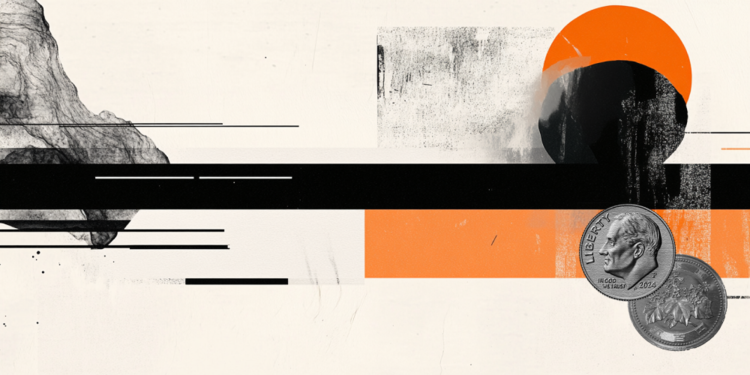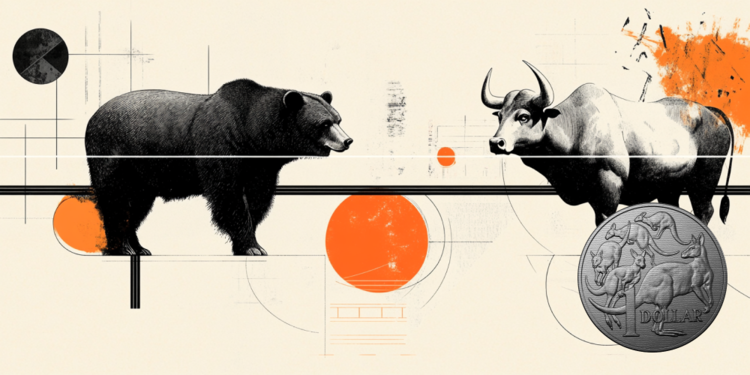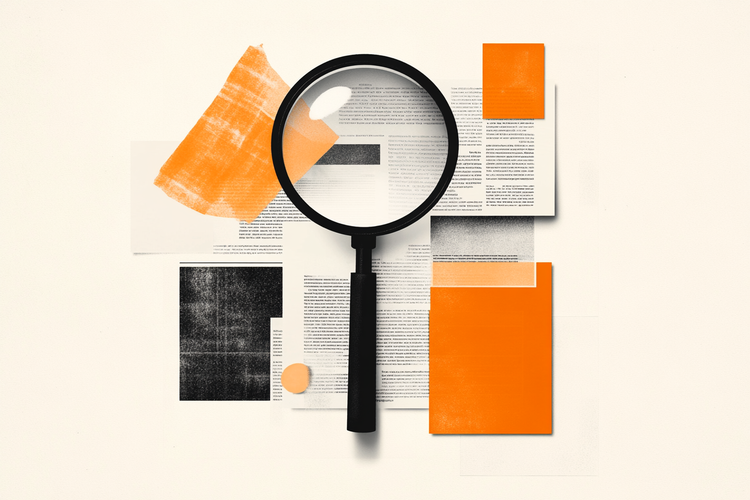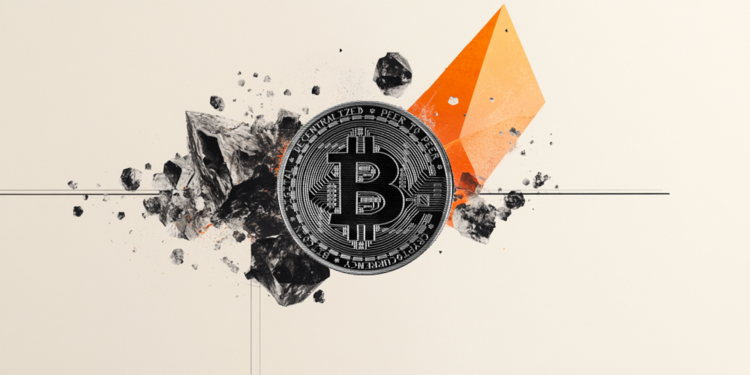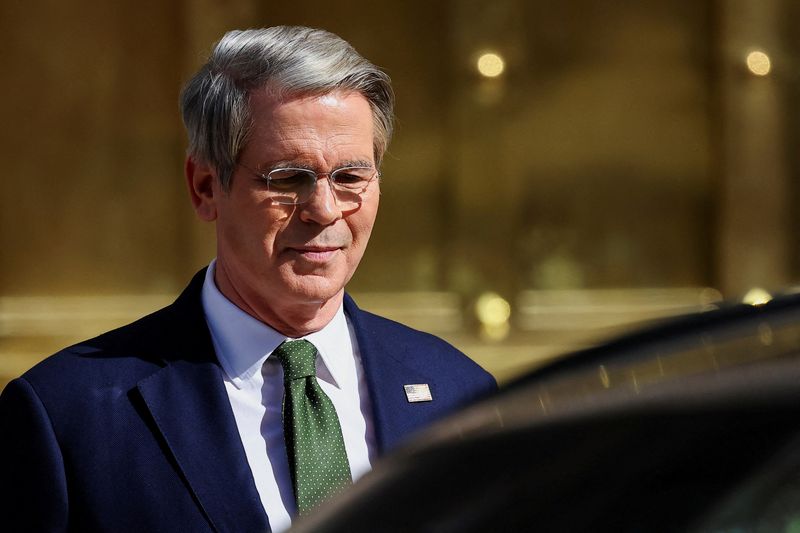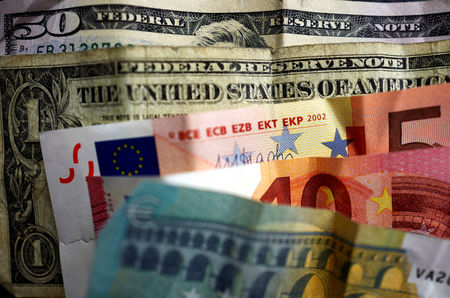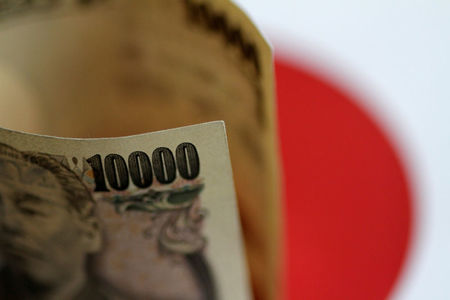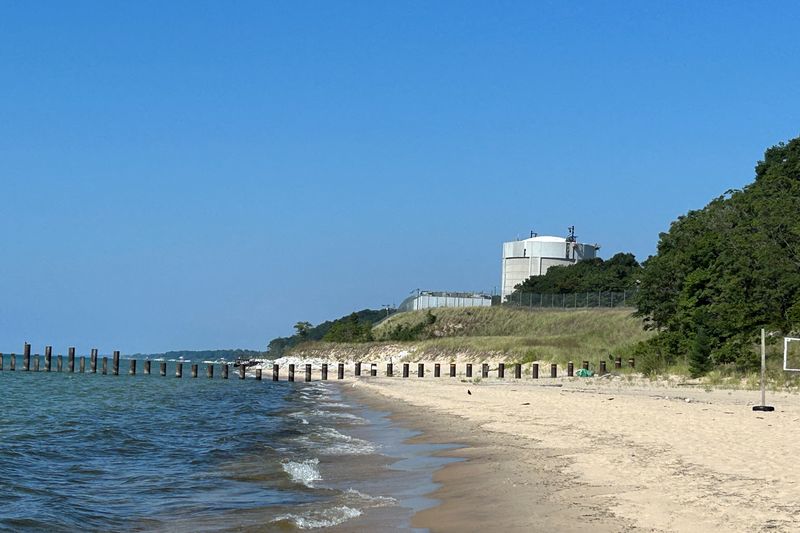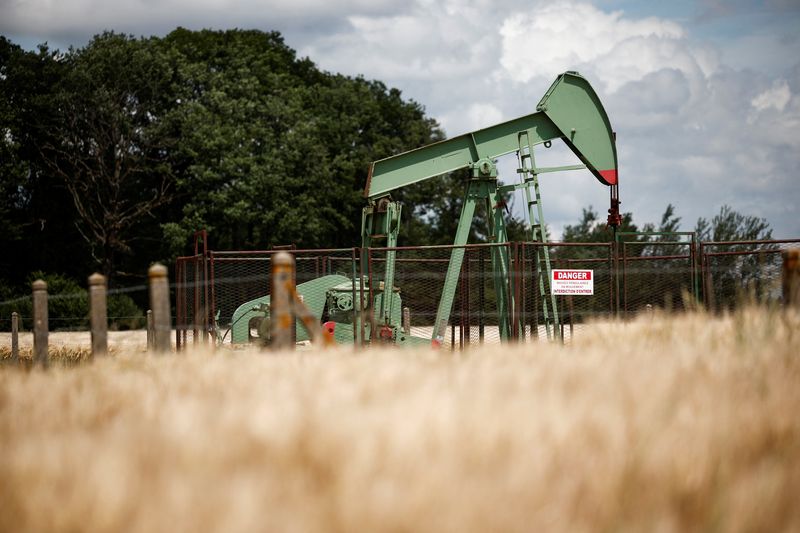Where will tariffs and inflation stand a year from now? Fitch’s chief economist outlines a worrisome prediction
A top economist lays out the economic fallout from Trump's tariff war.

The Trump tariff agenda will backfire. Interest rates and inflation will be stubbornly high. And stagflation may set in.
That’s the take from Brian Coulton, chief economist at Fitch Ratings, a leading provider of credit analysis on global markets. This writer finds that Coulton's views are extremely well grounded in data, logic and historical precedent. On April 17, I spoke to Coulton, who’s based in London, by phone to get an in-depth view of his thinking. Coulton’s increasingly negative outlook for the U.S. boils down to how he answers 5 key questions about the economy.
Are tariffs here to stay?
Coulton notes that the “Liberation Day” “reciprocal” tariffs that President Trump unveiled on April 2 were “much worse than expected.” All told, he puts the current average U.S. tariff at 23%, more than 10 times the 2.2% figure that prevailed just last year.
Coulton believes that today’s triple-digit duties on China will persist “for some time” before falling to around 60% by 2026. Otherwise, he predicts that 10% will be “about the best any country can expect,” and that all told, by next year average tariffs will “come down to [the] 15% to 18% range.”
The economist reckons that despite Trump’s insistence that he’s striving to forge deals favorable to our trading partners, the President is fully committed to high tariffs as good economic policy. “The tariffs are not a negotiating ploy,” he says. “Trump thinks that trade deficits are a bad thing.” It’s interesting, he continues, that the president is leveling a 10% hit on the U.K., Singapore, and the other countries where the U.S. runs a surplus. That policy implies that reducing a country’s exports to the U.S., even if we sell more to them than they ship to us, makes sense because it lowers our overall trade shortfall. The Singapore and U.K. examples, posits Coulton, make it “unlikely nations with rare exceptions can offer anything to get their rates below 10%.”
Who pays for tariffs?
“Say you’re a Chinese exporter, and you’re faced with a 60% tariff,” says Coulton. “You could lower the wholesale price to the U.S. middleman or distributor, or a big company that imports directly, at the U.S. port of entry to keep the price to the consumer the same and not lose market share. That’s what the administration says is likely to happen.” But, he adds, the record from the Trump tariff rounds versus China in 2018 and 2019 show that didn’t happen. “Detailed studies looked at whether Chinese exporters were lowering their pre-tariff prices to US importers, the middlemen such as wholesalers and distributors. If the exporters were absorbing the tariffs, you’d see the prices of the arriving goods falling.” Instead, the prices charged the US importers rose in tandem with the increase in tariffs. “The data on the US Trade Representative website shows that trend,” says Coulton.
What about the distributors? The numbers, he says, demonstrate that these wholesalers absorbed part of the tariffs, but much less than half—more like one-third. “The evidence is that the importers suffered a significant hit to margins,” notes Coulton. Even so, it was US consumers who paid the majority of the tariff “tax” at the checkout counters. Coulton expects that shoppers will cover the biggest part of the bill this time, too.
Will tariffs hurt economic growth?
In December, Coulton was predicting that U.S. GDP, en route to finishing the year at a strong gain of 2.8%, would slow to around 2% in 2025. But he’s since lowered his outlook to a slowpoke 1.2%. “Think of tariffs like a tax increase,” he says. “One quarter of total US consumer spending on goods goes to imports. You go from a tax on all those products from just over 2% to what’s likely to be roughly 18%. When did a sudden tax increase like that ever happen before?”
The upshot: “Import prices will rise faster than wages,” says Coulton. “The same wages will buy less stuff. As ‘real incomes’ decline, consumer spending will fall, lowering GDP growth.” He says that even if importers shoulder a large portion of the tariffs, the higher costs will reduce their margins. “So that’s still a loss inflicted on the US economy,” he avows. “Companies will retrench. Since they’re getting less profit, they’ll invest less in building and refurbishing plants and hire fewer workers, further depressing consumer spending.”
How big a worry is stagflation?
Coulton’s new concern is the rising possibility of stagflation. That’s the dreaded phenomenon the U.S. suffered in the 1970s and Europe endured in the following decade. It’s the worst of both worlds, a combination of high inflation and elevated unemployment. “The U.S. is not in stagflation at this point,” says Coulton. “But it’s not a stretch to say we’re heading to higher consumer prices and higher inflation and higher unemployment as companies cut back on investment. We’re not there yet. But it’s a major threat. That scenario is a lot more credible than a month ago.”
Will tariffs lower the trade deficit?
Trump’s holy grail is shrinking the deficiency of our exports versus imports. That gap, he believes, lowers the Americans’ standard of living dollar for dollar, and transfers all that “wealth” we deserve to our freeloading trading partners. But Coulton doubts Trump’s plan will do much to close the gulf, while at the same time heaping big new costs on the economy. He says the policy may lower the trade gap “at the margin” by making imports costlier and hence moving sales to domestic producers. But he doubts our manufacturers and foreign players will act quickly to greatly increase their capacity Stateside, a projection that’s a centerpiece of the Trump initiative. ”For foreigners facing big tariffs, the question is how quickly they’ll relocate to the U.S. That’s a massive decision. It probably won’t happen fast,” says Coulton.
On a macro level, he observes, the U.S. spends and invests far more than it saves. While companies generate more than enough profit to finance their capex, our government deficits overwhelm those private “savings,” forcing the U.S. to attract gigantic amounts of capital from abroad. But that course is made in Washington, D.C., and by voters. In effect, it’s America’s decision to spend far more than we save that explains why we must buy far more from other nations than they purchase from us—so that their surplus in dollars that are only good here can boomerang back to fund our budget shortfalls.
If Coulton’s correct, Trump is certainly transforming the U.S. economy—mostly in the wrong direction.
This story was originally featured on Fortune.com







